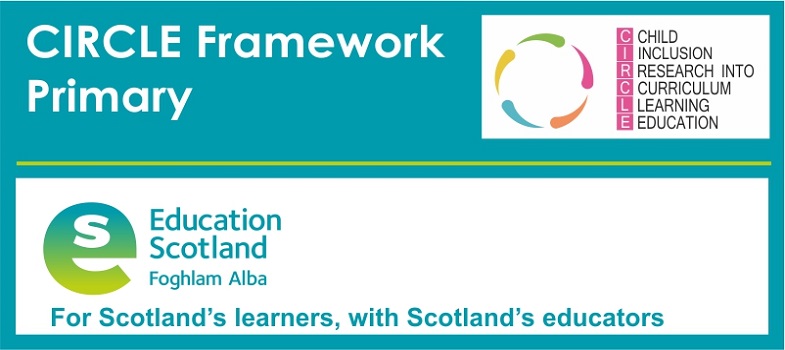2.3.2 The accessible curriculum
A curriculum which is accessible to all learners enables schools and education authorities to meet:
Legal responsibilities and statutory duties.
The needs of their learners, including those without Additional Support Needs, but who can also learn effectively from appropriately planned and developed resources.
The standards for Curriculum for Excellence, for example:
- Management responsibilities.
- Cost effective use of time through appropriate planning.
- Use of IT, production of accessible digital resources which enable swift adaptation for different learners.
Their duty to provide equity of opportunity.
Activity 6: Defining an inclusive curriculum
a.
Subjects within a school’s curriculum are available to all learners - if they can meet the criteria, age and cognitive ability.
b.
The curriculum is defined by the subjects taught.
c.
The curriculum includes all of the experiences which are planned for children and young people through their education. It is not specific to subject areas but applies to activities that take place across the school.
d.
Pupils do not have an entitlement to engage with all aspects of the curriculum.
The correct answer is c.
Inclusive pedagogy and the curriculum are explored in Section 3 – Working within an inclusive Classroom.
Watch this film in which a primary seven teacher describes setting up her class whilst considering the needs of her learners (film duration 1:45 minutes).
2.3.1 Developing an inclusive environment

